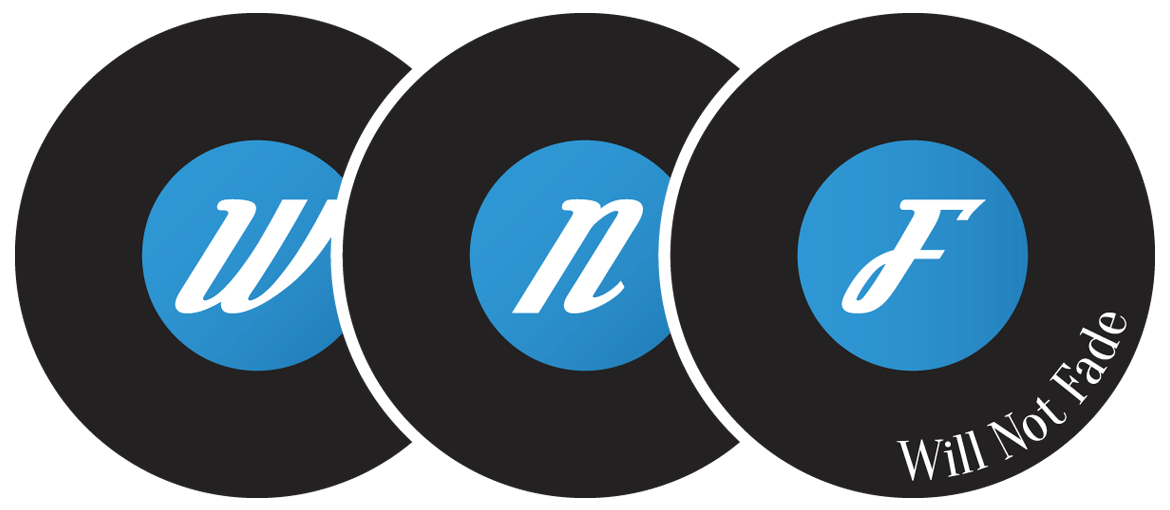Tenacious D have long been a guilty pleasure of mine. They’re misogynistic, juvenile and crude, but at the same time I do find some of their content funny, and they know how to rock. I guess the same could be said about Jack Black, who has had gold moments throughout his acting career (namely School of Rock), but mostly boasts lemons. He’s a slightly more reliable Adam Sandler, but I still have a soft spot for his work.
Post-Apocalypto is their fourth full length album. Like The Pick of Destiny, it is a soundtrack. It follows a YouTube webseries that has played out over the past month, featuring the songs and snippets of dialogue from the show.
Both Black and partner Kyle Gass are comedic actors, so writing funny songs with narrative suit their strengths. I’ve seen them play three times, and although it can feel slightly forced, the story arc that carries through their shows is fun, and allows them to play with theatrical flair.
The narrative for this record doesn’t quite work though. I still enjoy the skits from their first record, which were silly stand-alone pieces. But the skits on this new album are just snippets from the web series used to advance the story. This should help to provide context for those who haven’t watched the series, but there isn’t enough to fill in all the plot points of the story-line. I think they would have been wiser to have an all-or-nothing approach, and should have left the snippets out, instead of sprinkling an inadequate amount throughout.
Post-Apocalypto (the web series) was a painful watch. Like I’ve said, I’m a fan, so forced myself through it, but didn’t feel rewarded for my efforts. I hesitate to call it an animation, but more a selection of Black’s hand-drawn stills to give visual reference for the audio. It’s a sci-fi series that explored Tenacious D trying to survive in a (you guessed it) apocalyptic wasteland. Along the way they adopt a three-headed dog, battle genital monsters, fight Nazis and travel to space.
Tenacious D have always been crass, but I was shocked at the many gratuitous sex scenes. But then again, it’s exactly what I should have expected – it was just visual this time. It’s a political show too, with The D taking shots at Trump and Nazis. I guess the timing is appropriate, with approaching elections in America, but only time will tell how fast these political and pop culture references will date the album.
The songs are short. It makes sense, they fit within short episodes. And The D have plenty of short, furious songs with impact. But still, this entire album lasts half an hour, and that’s with skits padding it out. They could have at least fleshed out a few of the songs so that the album lasted longer. The title theme offers plenty of potential for extension, but feels incomplete as is.
And they’ve done their fair share of ballads in the past too, but almost all of the songs on this album are ballads, leaving me wondering what happened to the band that once won a Grammy for “Best Metal Performance”.
It’s not all bad though. Black’s voice acting shines through. You really feel for Terminator’s lament in “Robot” (despite the odd Arnie-esque accent). The redneck Nazi’s sound so thick that you really want to believe that they’re all really that dense.
“Hope” is arguably the best of the ballads, and most rousing. The D explore new musical horizons with “JB JR Rap”, rapped in a hoarse voice and complete with an autotuned section. To be honest, most of the album is Classic D, albeit shorter and less rocking.
The D have a long history with Foo Fighter Dave Grohl. Grohl has drummed on all of their records to date, and the trio have featured in a number of each other’s videos. The first time I saw The D live was opening for Foo Fighters at Western Springs in Auckland, where the crowd jumped up and down enough to trigger minor earthquakes [It sounds absurd, but it’s true!]. Black has also guest starred on one of Grohl’s Probot tracks, “The Warlock“.
As you’d expect, Grohl’s drumming is on point. He’s long been known as a powerhouse drummer since his Nirvana days, and has collaborated with such a range of rock royalty that it has almost become a meme. You can hear unmistakably in the title theme – a rehash of an old unreleased bridge (Rolling Thunder) that the band cut from their song “Rize of the Fenix” (off their last record). “Daddy Ding Dong” also has Grohl written all over it, one of the few stand-out rock of the soundtrack that venture into metal territory, as does “Woman Time”, with awesome Dio-esque vocals.
In short: Post-Apocalypto not a great album. Just as their other soundtrack, Pick of Destiny doesn’t compare well to the other albums, this one feels weak too. It is entirely in keeping with the Tenacious D brand, being puerile and budget, but doesn’t rock enough. Only the most loyal fans will appreciate it, and I doubt even they will revisit it after the initial listens. If you’re interested in it, at least watch the web-series so that you can hear the songs with context. I hope this isn’t the end of The D, but if they do release new music in the future, they’d be best to write without a constraining concept.
Tenacious D links:
Youtube: https://www.youtube.com/user/tenaciousD
Instagram: https://www.instagram.com/tenaciousd/
Website: https://www.tenaciousd.com/
Twitter: https://twitter.com/RealTenaciousD
Facebook: https://www.facebook.com/tenacious/





